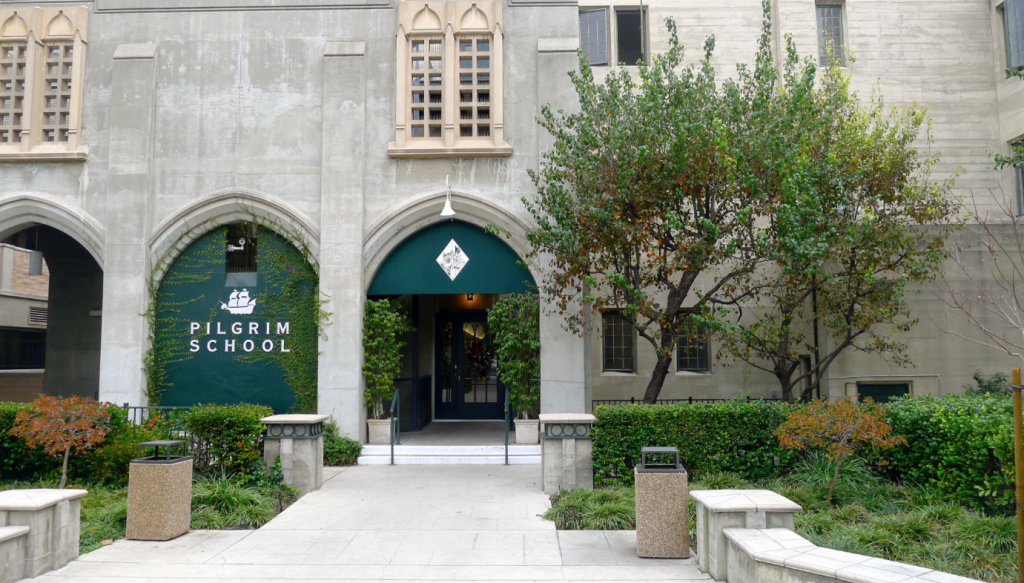It’s summer! Time to relax and forget about private school admission….or is it??? If your plan is to apply to L.A. private schools for the 2018-2019 school year, there are plenty of things you can do during the summer months to make the process less stressful in the fall.
The private school admission process takes about nine months. That’s nine months of intensive work touring schools, writing applications, asking friends for recommendation letters and more. You can start by doing research in the summer, visiting schools in the fall and submitting your applications in October, November and December. Interviews and assessments are in January and February and you’ll get a decision letter in mid-March.
Before the fall frenzy of tours and applications hits, you may want to use the slower pace of summer to do a few important things like researching schools, creating a tour list, starting to write applications and talking to your child about the process.
- Research. Take a look at websites of the schools you are interested in. Try to figure out which factors are most important to you. Some of these things might include a school’s educational philosophy, school size/model (K-6, K-8 or K-12) and number of classes per grade, distance from your home, afterschool activities, teacher/student ratio, academic class offerings, music and art programs and sports programs and facilities. Make a list of schools that you would like to visit, with the goal of starting with a big list and narrowing the list after you tour the schools. Take time in the summer to really focus and learn which schools have what you are looking for. If you wait until the fall, you may not have enough time to look at as many schools as you would like.
- Create. Look at the dates of open houses and tours. Set up a calendar so that you can keep track of the dates. Use a system that works for you. Online with a Google Doc or iCal or on a BIG desktop calendar. Something you will LOOK at. Schools may have tours on the same date, so plan ahead in order to see all the schools that interest you.
- Plan. Look at the applications for these schools. Many of the schools have essay questions. Start to think about your answers. A good thing to do is to write your family message. Take time to reflect on your own educational experience. Think about what was important to you and what you liked. Then think about your child and how you are the same or different. Your family message will convey who you are and what you value. You can refer to this when you are writing your application answers. You will want to include information about who you are as a family, who your child is as a learner and a person, your educational philosophy, and information about you and your partner. You will want to write several drafts of this. Summer is a perfect time to work on crafting your message. This is not something that can be rushed.
- Prepare. If your child is applying to 5th grade or middle or high school, the ISEE (Independent School Entrance Exam) is required. Summer is the perfect time to do test prep. Without homework and other activities, your child will be able to focus more attention on test prep. Many different types of test prep are available – classes, one on one tutoring and online classes. Select something that will work for YOUR child.
- Drive. Go to the school so you can see how far away it is. Try to go at a realistic time-drop off or pick up from either home and/or work. If you can’t do that, use an app during rush hour to see how long the drive would be. Find out what options you have for transportation. Is there a bus? Can you find a carpool? Learn more about how long it will take to drive to and from the school daily. Sometimes parents underestimate important geographical factors when choosing a school.
Applying to schools requires that you stay organized! You’ll need to be able to refer to your written application before your parent interview. You’ll need to keep copies of correspondence sent to you by each school. The earlier you submit your application, the sooner your parent interview and/or child’s interview can be scheduled. Some schools take the first X number of applications so you’ll need to submit your application very quickly before they reach the cutoff.
Get Organized – Start a notebook so you can keep all of this information in one place. Divide it into sections for each school. Keep information about the deadlines, tour dates, applications, interview dates, assessment information, brochures and anything else related to your child’s admissions process. You don’t want to lose a document and have to call the school to get another copy.
Get support -If possible, find resourceful parents with with older children who have been through this process and ask them for their best admissions advice. If you know a parent who can write you a letter of recommendation, let them know you’ll be asking then when the time comes so they’ll be expecting your call. Talk to your preschool director and let her know your plan. Solicit her advice too. Preschool directors may have suggested schools you can consider while you’re doing summer research. If you think you will need help from a professional consultant, contact that person as soon as you can. Fall is a very busy time and late summer can be a good time to make that connection.
We hope you kick off the fall admissions process with energy, enthusiasm and a well-organized notebook filled with all the information you’ve gathered about schools over the summer. This will be time well spent and it will help set you and your child up for success throughout the admissions process!
Lisa Marfisi has been a professional in education in Los Angeles since 1991. She was the Director of Admissions K-12 at Wildwood School and PK-6 at Echo Horizon School. She also worked at the Archer School for Girls, PS #1, and Westside Neighborhood School. Lisa’s experience has given her an understanding of what schools are looking for and enables her to help parents navigate the admissions process from an insider’s point of view. Lisa has been helping families with the admission process as a Director of Admission for 15 years. Her two children are in college at UC Berkeley and UC Santa Barbara. Lisa has experience as a parent at independent, public, charter and parochial schools. She holds a B.A. from the University of Pennsylvania.
Contact information: email: lisa@lisamarfisi.com Ph: 310-560-9393 and web: www.lisamarfisi.com
Beyond The Brochure’s Facebook Page keeps you updated with private school news and events!








